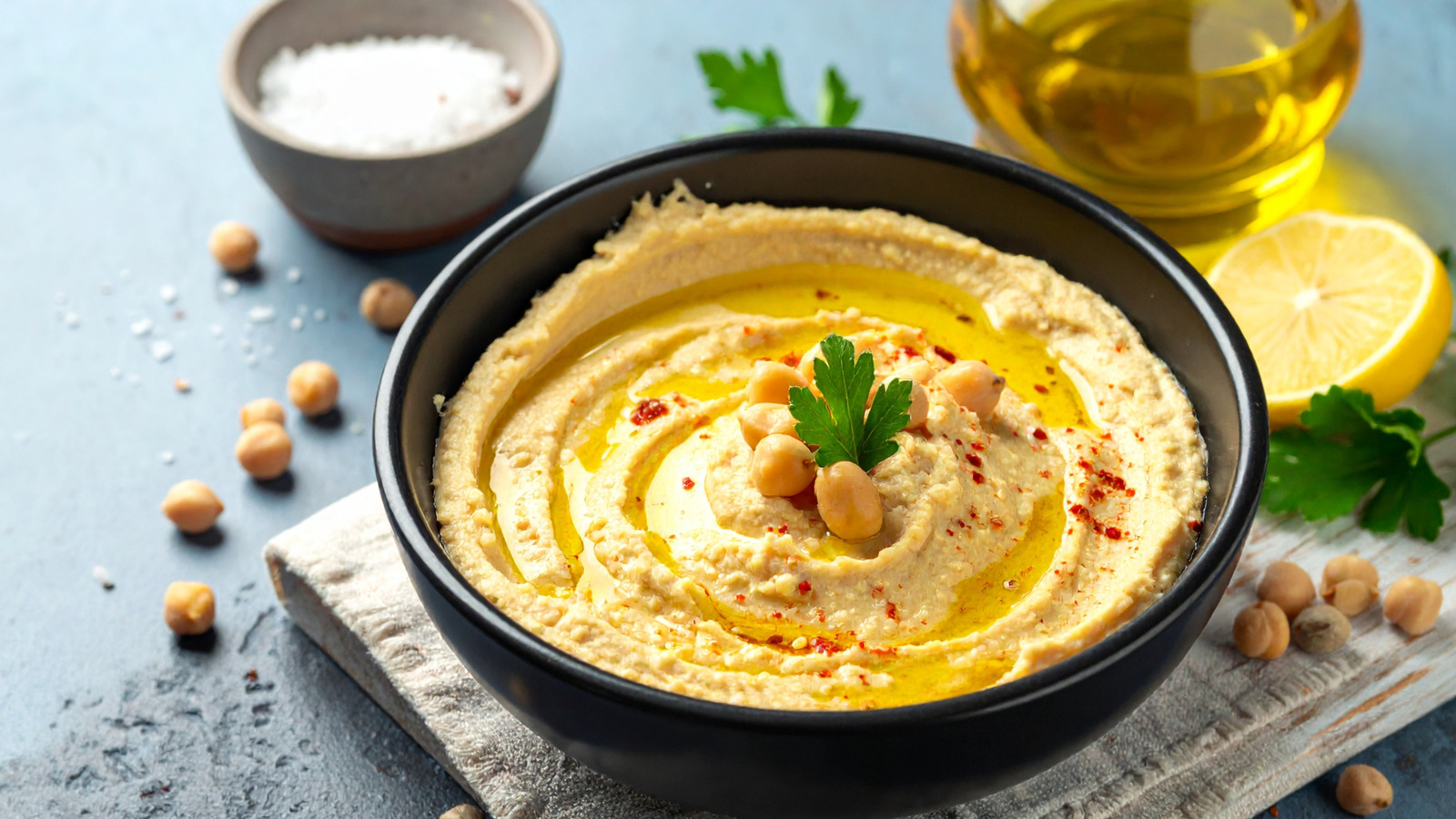
"If you've always opted for store-bought hummus, trust us that it's worth the extra time to make a batch at home. You'll get a more velvety texture and tastier product than anything you can buy off the shelf. But anyone who has ever tried to make hummus will tell you, knowing exactly when the chickpeas are perfectly cooked can be quite tricky."
""There is an old way to check: Throw the chickpeas at a wall. If they smash and stick, that means they are ready for the next step," Baki says. It's the kind of kitchen wisdom that sounds almost too simple (or too bizarre) to actually work - but it does. Raw chickpeas will have a very tough, rock-like texture. After it's been cooked through, the legume will mellow out."
""There are many types of chickpeas, larger and smaller, but I prefer the medium, dried chickpeas. They are lighter and have a better taste," Baki says. The key is then to prep them carefully before they go on the stove. "Soak chickpeas overnight for 12 hours," Baki advises. His formula is simple: For every cup of dried chickpeas, use half a tablespoon of baking soda and five cups of water."
Homemade hummus yields a more velvety texture and better flavor than store-bought versions. Choosing medium dried chickpeas produces a lighter taste. Proper soaking and softening are essential: soak chickpeas overnight for 12 hours, using half a tablespoon of baking soda and five cups of water per cup of dried chickpeas. Exact doneness is crucial because undercooked chickpeas create a grainy, chalky hummus while overcooked ones become mushy. A reliable doneness test is to throw a cooked chickpea at a wall; if it smashes and sticks, it is ready to use. Cooked chickpeas mellow from a raw, rock-like texture to a smooth, blendable legume.
Read at Tasting Table
Unable to calculate read time
Collection
[
|
...
]